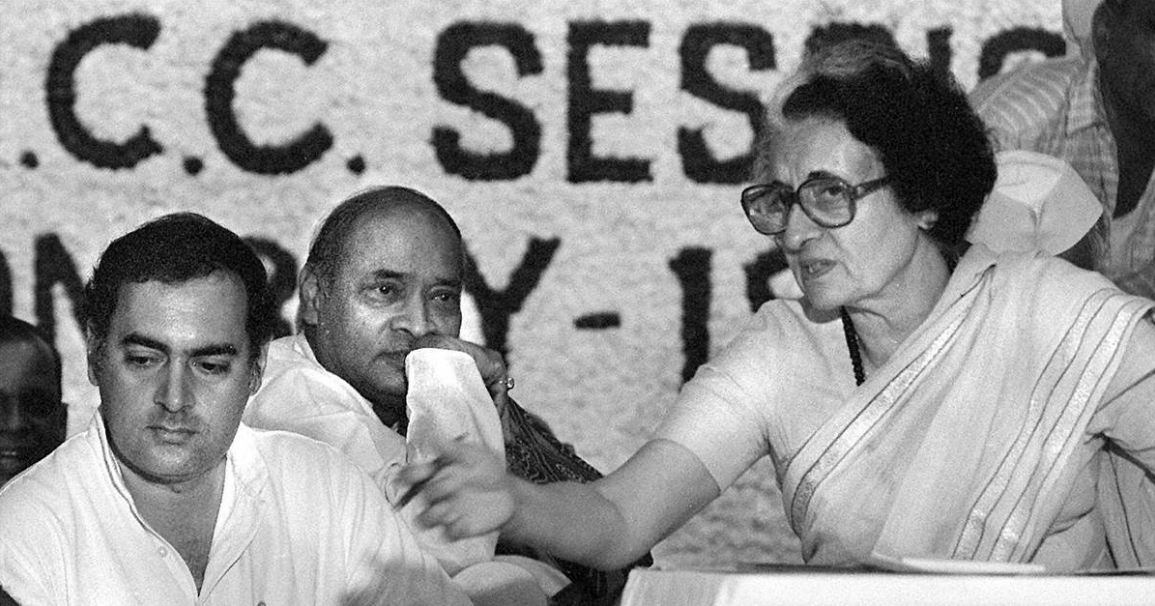According to Professor Swaran Singh, Indira Gandhi, India’s Prime Minister, was assassinated by her Sikh bodyguards on October 31, 1984. The killing prompted four days of rioting in which over 8,000 Indian Sikhs were killed in retaliation assaults. At the time, Professor Swaran Singh of Warwick Medical School was a trainee surgeon in Delhi. Swaran recounts his first-hand experience and photographs from this painful period in India’s history ahead of a BBC Radio 4 program commemorating the thirtieth anniversary of Indira Gandhi’s murder, in which Swaran revisits India with the BBC’s Bobby Friction. Indira Gandhi’s assassination is one of the most controversial political events in the 80s.
Who is Indira Gandhi?
Indira Priyadarshini Gandhi was the only child of Kamala and Jawaharlal Nehru and was born on November 19, 1917, in Allahabad, India. While Nehru was still a member of the Indian National Congress, he was impressed by Mahatma Gandhi, the party’s leader, and committed himself to India’s battle for independence. Jawaharlal Nehru spent years in prison due to the fight. Indira had a lonely upbringing, spending a few years at a Swiss boarding school before studying history at Oxford’s Somerville College. Her mother died of TB in 1936.
Indira Priyadarshini Gandhi was the only daughter of Kamala and Jawaharlal Nehru and was born on November 19, 1917, in Allahabad, India. Nehru was impressed by Mahatma Gandhi as a member of the Indian National Congress, the party’s leader, and committed himself to India’s battle for independence. Jawaharlal Nehru spent years in prison due to the fight. Indira had a lonely upbringing, spending a few years at a Swiss boarding school before studying history at Oxford’s Somerville College. Her mother died of TB in 1936.
Indira Gandhi married Feroze Gandhi, a Parsi lawyer, in March 1942, over her family’s opposition. He was unrelated to Mahatma Gandhi, and he and his wife had two sons, Rajiv and Sanjay, soon after.
Gandhi decided to move to New Delhi to act as Nehru’s hostess, hosting diplomats and global leaders at home and traveling with her father across India and overseas in 1947, when Nehru became the newly independent nation’s first prime minister. In 1955, she was chosen to the Congress Party’s influential 21-member working committee, and four years later, she was made its president. When Nehru died in 1964, Lal Bahadur Shastri took over as Prime Minister, and Indira became Minister of Information and Broadcasting. Shastri’s tenure, however, was short-lived; he died suddenly two years later, and Indira Gandhi was named Prime Minister by Congress Party officials.
Within a few years, Gandhi rose to prominence due to his successful initiatives that converted India into a food-grain-self-sufficient country, a feat known as the Green Revolution.
She backed the Bengali campaign to split East and West Pakistan in 1971, providing sanctuary for the ten million Pakistani citizens who fled to India to escape the rampaging Pakistan army and later offering soldiers and weaponry. The establishment of Bangladesh followed India’s overwhelming victory over Pakistan in December, for which Gandhi was posthumously granted Bangladesh’s highest state honor 40 years later.
Indira Gandhi’s Leadership
Gandhi was accused of misbehavior by her political opponent after the 1972 national elections. The High Court of Allahabad found her guilty of electoral corruption in 1975, prohibiting her from participating in another election for six years. Rather than retiring as predicted, she responded by proclaiming a state of emergency on June 25, suspending people’s civil freedoms, severely censoring the press, and imprisoning the bulk of her opponents without charge. Thousands of dissidents were detained without due process during what became known as the “Reign of Terror.”
Gandhi ultimately lifted the emergency restrictions and scheduled the next general election in March 1977, anticipating that her previous popularity would ensure her reelection. However, despite their restricted freedoms, the people overwhelmingly voted for the Janata Party, and Morarji Desai was elected Prime Minister.
Democracy was restored within a few years, but the Janata Party had little success in alleviating the country’s acute poverty issue. Gandhi was elected to her fourth term as Prime Minister in 1980, campaigning under the banner of a new political organization, the Congress.
Government-enforced sterilization as a measure of population control was one of Indira Gandhi’s most controversial initiatives during her tenure in power.
Assassination and Death
Sikh radicals wanting an independent state took control of the sacred Golden Temple in Amritsar, Punjab, in 1984. Gandhi retaliated by dispatching Indian forces to reclaim the shrine by force. Hundreds of Sikhs were murdered in the ensuing onslaught of gunfire, sparking an uprising among the Sikh community.
Indira Gandhi was killed outside her home by two of her trusted bodyguards on October 31, 1984, in retaliation for the events at the temple.
Enduring Legacy of Indira Gandhi
In 1971, India won a battle against Pakistan for the independence of Bangladesh under her leadership.
She introduced the green revolution, which secured India’s food security, nationalized banks, protected India from the harshest effects of the present global recession, and eliminated princely states.
Her major strength, which her detractors regarded as a ruse, was her ability to connect with the impoverished.
Leaders of the Congress party continue to campaign in rural regions of the country in the name of Indira Amma. She is revered alongside religious deities in many homes in the country’s south.
According to unconfirmed estimates, Gandhi’s death was followed by three days of rioting in which more than 3,000 Sikhs were killed in Delhi and another 4,000 in other places across the country.
Indira Gandhi remains a progressive and idealistic icon for many Indians. Others, however, saw her as a skilled political manipulator who, in the words of another biographer, Zareer Masani, “slid from her promise of democratic socialism to obvious dynasticism and dissent repression.”
The home where she lived and died in Delhi has been transformed into a monument, which attracts up to 10,000 people every day.
